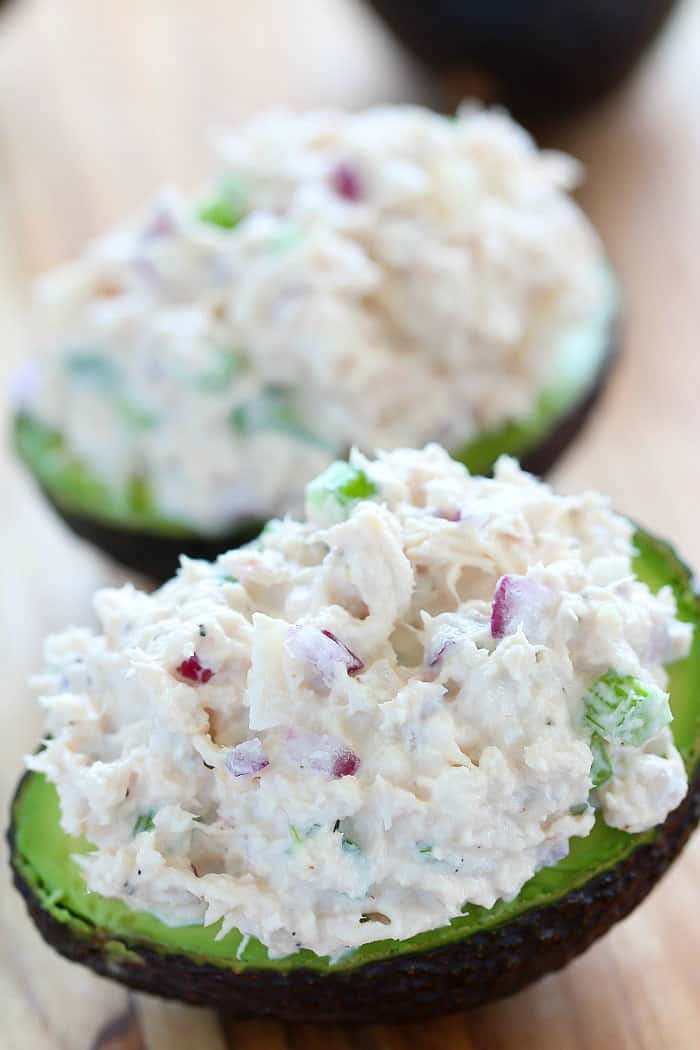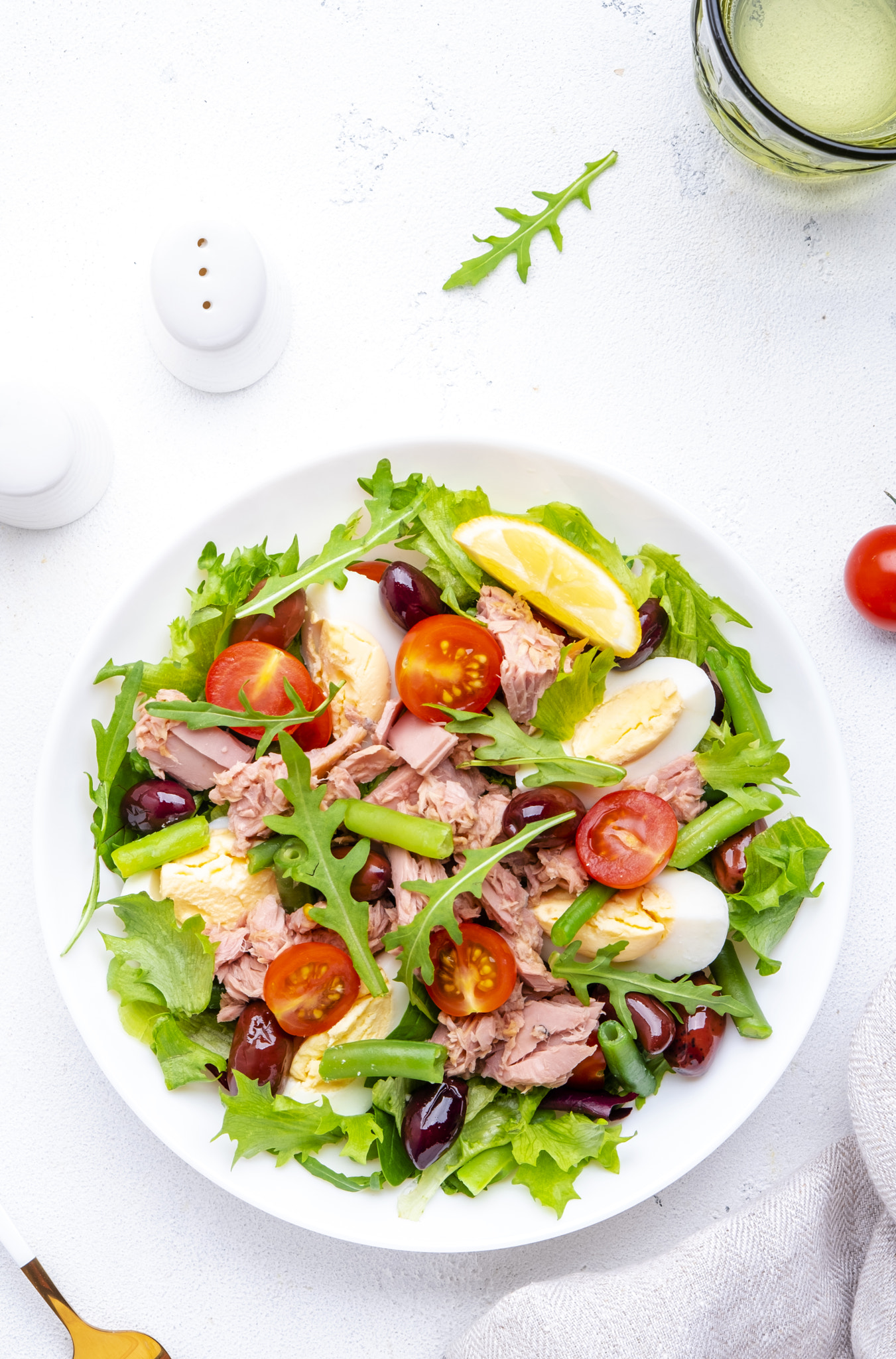Are You Over-Mixing Your Tuna Salad? Avoiding A Mushy Result
Factors to Consider When Mixing Tuna Salad
Amount of Tuna
Amount of Tuna

The quantity of tuna you employ will depend in your private preference. Some individuals like extra tuna, while others prefer less. A good starting point is to make use of one can of tuna for every two cups of vegetables.
Type of Tuna
White albacore tuna is the most typical sort of tuna utilized in Tuna Salad Egg salad. However, you can even use yellowfin, skipjack or bluefin tuna.
White albacore tuna has a milder flavor and is much less oily than the opposite forms of tuna.
Yellowfin tuna has a stronger taste and is more oily than white albacore tuna.
Skipjack tuna is just like yellowfin tuna in flavor however just isn’t as oily.
Bluefin tuna is the most flavorful and costly sort of tuna.
It has a rich, oily flavor and is commonly utilized in sushi.
Ingredients and Proportions
Ingredients and proportions
When making tuna salad, the elements and proportions you utilize will affect the final end result. Here are some issues to remember:
– Tuna: The sort of tuna you use will have an result on the flavor and texture of your salad. Canned tuna is a good choice for tuna salad, as it’s already cooked and flaked. You can use both light or darkish tuna, depending in your desire.
– Mayonnaise: Mayonnaise is the main ingredient in tuna salad, and it helps to bind the salad together. You can use as much or as little mayonnaise as you want, depending in your desired consistency.
– Other ingredients: In addition to tuna and mayonnaise, you can add different components to your tuna salad, such as celery, onion, relish, and pickles. These ingredients will add flavor and texture to your salad.
The proportions of elements you use will depend in your personal preference. However, a good start line is to make use of 1 can of tuna to half of cup of mayonnaise. You can then add different ingredients to taste.
Tips for avoiding a mushy salad:
– Gently mix the ingredients: When mixing your tuna salad, be gentle. Over-mixing can cause the tuna to become mushy.
– Use a light-weight hand with the mayonnaise: If you add an excessive quantity of mayonnaise, your salad will turn out to be soggy.
– Add different elements for crunch: If you need to add crunch to your salad, you possibly can add components similar to celery, onion, or pickles.
Techniques to Avoid Over-Mixing
Gently Fold Ingredients
Mix briefly by hand simply until mixed.
Do not whip or beat.
For delicate ingredients (fluffed mashed potatoes, cooked greens, whipped cream), use a large spatula, not a whisk or slotted spoon.
Gently raise and fold the ingredient over itself, rotating the bowl as you’re employed.
Mix in Stages
– Mix by hand, gently folding elements collectively.
– Avoid using electric beaters or a food processor; these can overwork elements.
– Mix in stages, adding elements steadily and stopping to check consistency.
– Stop mixing when ingredients are just combined, avoiding overmixing.
– Use a lightweight contact when mixing, avoiding pressing or crushing ingredients.
– If essential, let the combination relaxation for a couple of minutes earlier than continuing to mix.
– Taste the mixture as you go, adjusting seasonings as needed.
– Over-mixing can result in a mushy, unappetizing outcome.
Use the Right Tools
Techniques to Avoid Over-Mixing:
Use a light contact when mixing the components. Over-mixing can break down the tuna and make the salad mushy.
Fold the ingredients collectively gently, utilizing a spatula or picket spoon. Avoid utilizing an electric mixer, which can simply over-mix the salad.
Mix the salad just until the components are combined. Do not over-mix, as this will make the salad powerful.
Use the Right Tools:
Use a pointy knife to cut the celery and onion. A uninteresting knife will crush the vegetables and make the salad mushy.
Use a large bowl to mix the salad. A small bowl will make it troublesome to mix the ingredients evenly.
Use a mixing spoon or spatula that is large enough to achieve the entire elements within the bowl. A small spoon or spatula will make it troublesome to mix the salad evenly.
Signs of Over-Mixed Tuna Salad
Mushy Texture
One of the first signs that your tuna salad is over-mixed is the texture. If the salad is too mushy, it’s likely that you have over-mixed it.
When tuna salad is over-mixed, the tuna will break down and turn into mushy. This could make the salad unappetizing and troublesome to eat.
In addition to the texture, the style of over-mixed tuna salad can also be affected. Over-mixing may cause the salad to turn into bland and watery.
If you might be not sure whether or not your tuna salad is over-mixed, it’s best to err on the side of warning and mix it less. Tuna salad can all the time be blended extra, however it cannot be un-mixed once it has been over-mixed.
Lack of Defined Ingredients
– Ingredients are well combined but still have their very own texture.
– Minimal quantity of liquid seeping from the salad.
– Salad is creamy but not mushy.
– Vegetables and other elements are still recognizable.
Watery or Separated Appearance
There are a number of indicators that you could have over-mixed your tuna salad. One signal is if the salad has a watery or separated appearance. This can occur when the tuna has been over-mixed and the proteins within the tuna have been damaged down, releasing water and causing the salad to separate.
Another signal of over-mixed tuna salad is that if it has a mushy texture. This can happen when the tuna has been over-mixed and the muscle fibers within the tuna have been broken down, making the salad mushy.
If you think you might have over-mixed your tuna salad, you presumably can attempt including a small quantity of mayonnaise to help bind the salad collectively. You also can try adding some chopped celery or onion to add some texture to the salad.
